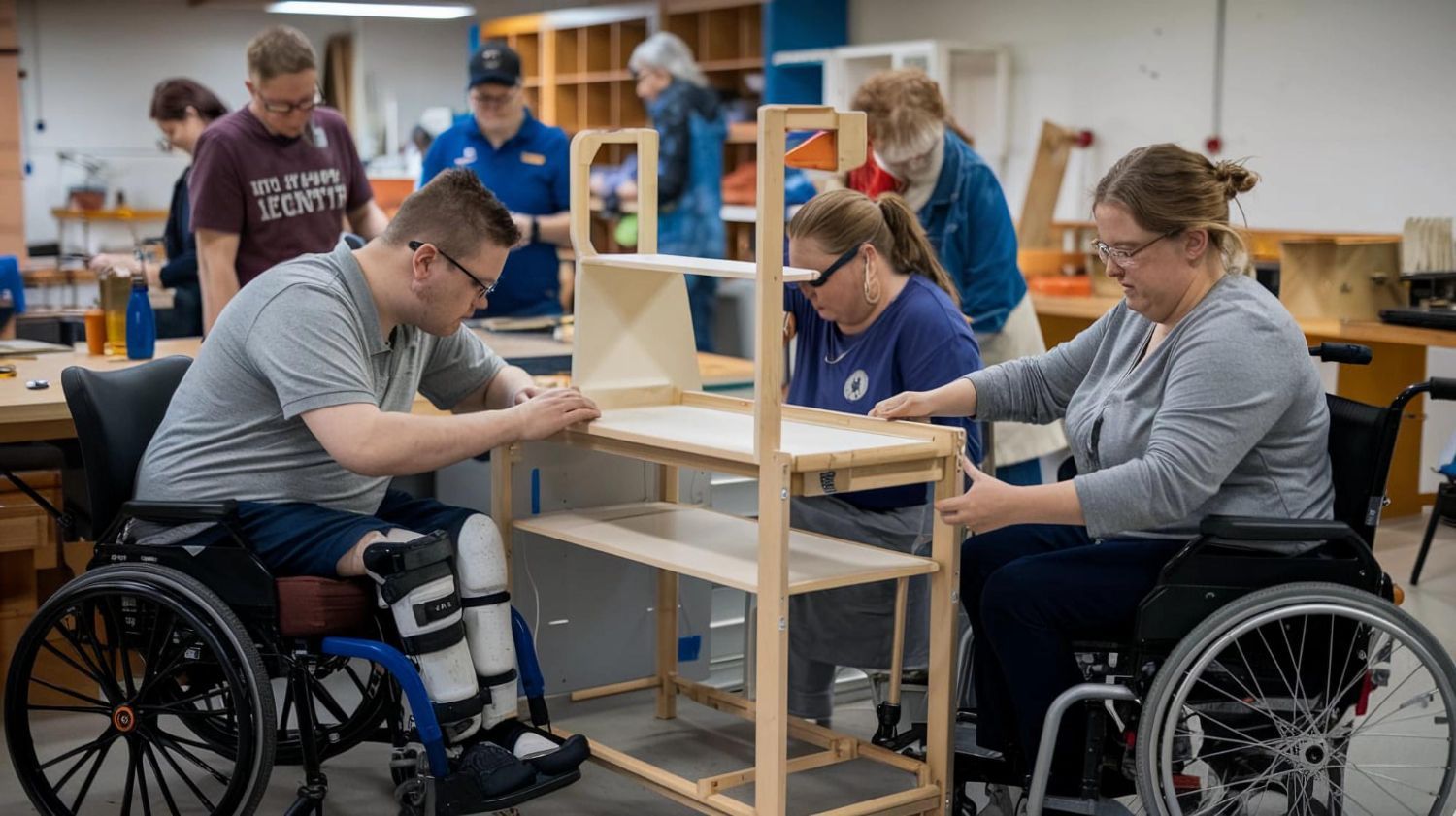Bridging the allied health services gap: Strategies for accessing allied health in regional and remote communities
Access to allied health services such as physiotherapy, occupational therapy, speech pathology, and psychology is a cornerstone of quality care for people with disabilities and chronic conditions. However, for many participants in regional and remote parts of Australia, these services remain out of reach. Long waiting lists, travel barriers, and a shortage of qualified professionals often mean that individuals living outside major cities miss out on vital support.
For providers and workforce partners like Pathway Talent, bridging this gap is both a responsibility and an opportunity. With the right strategies, it is possible to improve access to allied health services while also creating meaningful career opportunities for skilled professionals.
Why the gap exists
The challenge is multi-layered. Many allied health professionals are concentrated in urban centres, where hospitals, clinics, and universities are located. Regional areas face:
- Workforce shortages: Too few therapists are available to service large, geographically spread populations.
- Travel distances: Clients may need to travel hundreds of kilometres for a single appointment.
- Infrastructure barriers: Limited local facilities can reduce the ability of allied health staff to deliver services effectively.
- High costs: Travel, accommodation, and time away from practice deter some practitioners from working regionally.
The result is a disparity in healthcare outcomes. Participants in remote areas often wait longer, receive fewer hours of service, or must accept less specialised support.
Strategies for improving access
While the challenges are significant, they are not insurmountable. Organisations like Pathway Talent are helping to drive practical solutions that ensure equitable care for all communities.
1. Leveraging telehealth and digital tools
Telehealth has transformed the delivery of allied health services. Video consultations allow speech therapists, psychologists, and occupational therapists to provide guidance without the need for face-to-face visits. Digital platforms also enable progress monitoring, home exercise programs, and regular check-ins.
For regional participants, this reduces travel costs and ensures consistent access. For professionals, it opens new work opportunities, including hybrid roles that combine in-person visits with remote follow-ups.
2. Supporting mobile and outreach services
Mobile allied health teams are another effective solution. By travelling to communities on a scheduled basis, these teams bring expertise directly to participants who would otherwise have limited access. Outreach services also encourage stronger connections between local communities and healthcare providers.
Pathway Talent can play a key role here by sourcing skilled workers who are willing to take on itinerant roles, and by providing the logistical support needed for safe and sustainable travel.
3. Incentives for regional practice
To attract allied health professionals to regional areas, targeted incentives are vital. These may include:
- Travel allowances and accommodation support for professionals working in remote locations.
- Flexible work arrangements that allow staff to balance regional placements with metropolitan commitments.
- Professional development opportunities to ensure career growth continues despite geographical challenges.
These strategies not only fill workforce gaps but also highlight the value of regional practice as a meaningful career pathway.
4. Training and developing local talent
Building a pipeline of local allied health professionals is one of the most sustainable solutions. Partnering with universities, TAFEs, and community programs to train people already living in regional areas helps reduce reliance on fly-in, fly-out models. Local workers are also more likely to stay long-term and understand the cultural context of their communities.
Staffing partners like Pathway Talent can assist by identifying promising candidates, supporting their training journey, and creating employment pathways into the NDIS and healthcare sectors.
5. Collaboration across providers
No single organisation can solve the allied health gap alone. Collaboration between NDIS providers, staffing agencies, healthcare organisations, and community groups is essential. By pooling resources and expertise, providers can deliver more consistent and integrated services, particularly in remote areas.
Pathway Talent’s role as a staffing specialist makes it well positioned to bring employers and workers together, ensuring participants receive the right mix of skills and support.
The value for NDIS participants
For participants in regional and remote communities, improved access to allied health services translates into tangible outcomes:
- Greater independence and functional ability through physiotherapy and occupational therapy.
- Improved communication skills and confidence through speech pathology.
- Better mental health support through accessible psychology services.
- Stronger overall quality of life, with reduced health disparities between urban and regional populations.
Conclusion
The gap in allied health access for regional and remote Australians is a pressing challenge, but it is also a chance to innovate. Through telehealth, mobile services, regional incentives, local training, and sector-wide collaboration, the barriers can be overcome.
At Pathway Talent, we believe every individual deserves access to skilled and compassionate allied health support, no matter where they live. By connecting dedicated professionals with communities in need, we are helping to bridge the gap and create a more equitable healthcare system for all.











